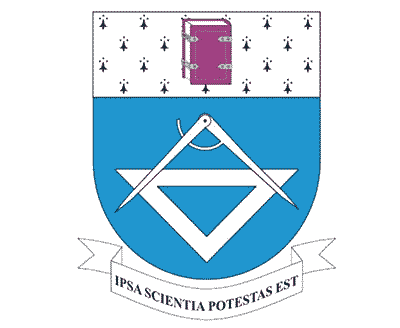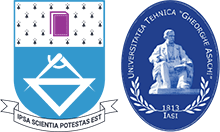On Tuesday, the 10th of September 2013, the “Gheorghe Asachi” Technical University of Iasi (TUIASI) held an international conference on the issue of regenerating obsolete industrial facilities. The event took place at 9.30, in the Conference Hall of the Teaching Staff Training Department from the Faculty of Chemical Engineering and Environmental Protection. The event was organized as part of Leonardo da Vinci Project named Brownfield Regeneration Know-How Transfer – BROWNTRANS. Professors and experts in the field from the Czech Republic, Slovakia and Bulgaria congregated on this occasion, bringing together architects, representatives of construction, urban planning and landscaping companies from the Moldavian region, member of the County Construction Inspectorate, and last but not least students from the faculties of civil engineering, architecture and electronics.
The project has been undergoing for two years and “it is a Long Life Learning project, supported by the Slovak National Agency for International Cooperation. The objective of the project is the innovation transfer. It addresses all the aspects of regeneration and approaches the newest data in order to undertake practical steps. It is of outmost importance for this transfer to be accomplished, as in post communist countries there are too many derelict industrial sites that have not been regenerated properly. That is why the implementation experience is welcome and the project was granted the necessary funds. The Czech Republic is probably the most experienced country of the project partners, because it has been previously involved in similar projects. We strive to correlate our experience with those of Bulgaria and Romania. This aspect is strategically important because, if these sites had not been nationwide identified, it would be difficult to be granted regeneration funds as it is unclear where these funding should be directed to. The most important elements are, of course, our rural and urban communities, as they bear the whole burden of these sites. One can observe abandoned sites all over, be it railways, agrarian fields, mining or heavy industry facilities. We are also addressing residential areas that are slowly becoming derelict sites”, explained Ph.D. Prof. Dagmar Petríková from the Technology University of Bratislava (Slovakia), the project’s coordinator and contractor.
As a project associated event, the international conference approached technical, constructive and environmental aspects concerning the regeneration of the obsolete industrial sites, as well as the rehabilitation of the real estates, funding solutions for the regeneration of obsolete industrial sites in Romania, Bulgaria, Czech and Slovakia, and socio-cultural topics such as citizen involvement in the regeneration of derelict industrial sites.
Ph.D. Eng. Lecturer Irina Lungu – vice rector of International Affairs and Academic Public Relations – underlined the importance of these meetings: “To have all these foreign guests here in Romania – alongside the project concerned parties – is beneficial not only for the awareness on this particular issue, but also as a starting point for the participating doctoral students, as they are to assume an active role in activities related to the topics of this seminar in several years: civil engineering, architecture, urban planning. They have the opportunity to witness the knowledge disseminated in the community interest in order to achieve sustainable development and find appropriate solutions for the regeneration of industrial derelict sites. The community is also represented here, alongside the students, to “take note” and to discover the investment opportunities to finance the projects.”
There are over 3000 derelict industrial sites in Romania
Ph.D. Lecturer Nicolae Samson – project director from TUIASI – accentuated in his turn that this conference is addressing an actual reality in our country: “There are over 3000 industrial sites that are obsolete, derelict, abandoned for various reasons in Romania. There is some need of investment, of know-how in order to rehabilitate them. This project – Leonardo – is addressing the need of our country, of our universities, and also of private and public administration representatives who are required to develop competence in the rehabilitation of these industrial sites, not only industrial, but also derelict agrarian exploitations and abandoned infrastructure and military facilities as well.”
There are also in Iasi “numerous such sites. There are derelict buildings in the entire industrial quarter, as well as in some specific sites downtown. One may notice, for example, the Palas complex built on brownfield sites. The site formerly occupied by the Integrated Heavy Gear Works was reactivated through several commercial facilities, as well as exhibition halls, such as Technopolis. There are also small business incubators emerging in the former industrial quarter”, underline Ph.D. Lecturer Nicolae Samson.
As for the project implementation, Ph.D. Prof. Dagmar Petríková further noted that “this seminary addressed some general topics. Another funding oriented module should follow, during which, the actual regeneration capabilities of Romania and Bulgaria are to be discussed together with the manner of the operational programs which may be implemented; case studies from these two countries are also to be discussed.”
The project consortium comprises three universities (The technology University of Bratislava, Slovakia; The Ostrava University, Slovakia and TUIASI), the Bulgarian Development Agency from Sofia, Bulgaria, and two professional associations from Slovakia (Spolok Architektov Slovenska and the Slovak Chamber of Civil Engineers).
For more information on project development and its topics download an extras from Brownfields – Handbook BROWNTRANS [EN]



